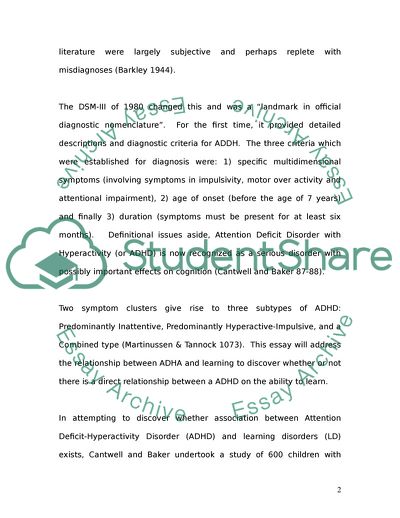Cite this document
(The Effect of Attention Deficit Hyperactive Disorder on Learning Essay, n.d.)
The Effect of Attention Deficit Hyperactive Disorder on Learning Essay. Retrieved from https://studentshare.org/medical-science/1715214-the-effect-of-attention-deficit-hyperactive-disorder-on-learning
The Effect of Attention Deficit Hyperactive Disorder on Learning Essay. Retrieved from https://studentshare.org/medical-science/1715214-the-effect-of-attention-deficit-hyperactive-disorder-on-learning
(The Effect of Attention Deficit Hyperactive Disorder on Learning Essay)
The Effect of Attention Deficit Hyperactive Disorder on Learning Essay. https://studentshare.org/medical-science/1715214-the-effect-of-attention-deficit-hyperactive-disorder-on-learning.
The Effect of Attention Deficit Hyperactive Disorder on Learning Essay. https://studentshare.org/medical-science/1715214-the-effect-of-attention-deficit-hyperactive-disorder-on-learning.
“The Effect of Attention Deficit Hyperactive Disorder on Learning Essay”. https://studentshare.org/medical-science/1715214-the-effect-of-attention-deficit-hyperactive-disorder-on-learning.


